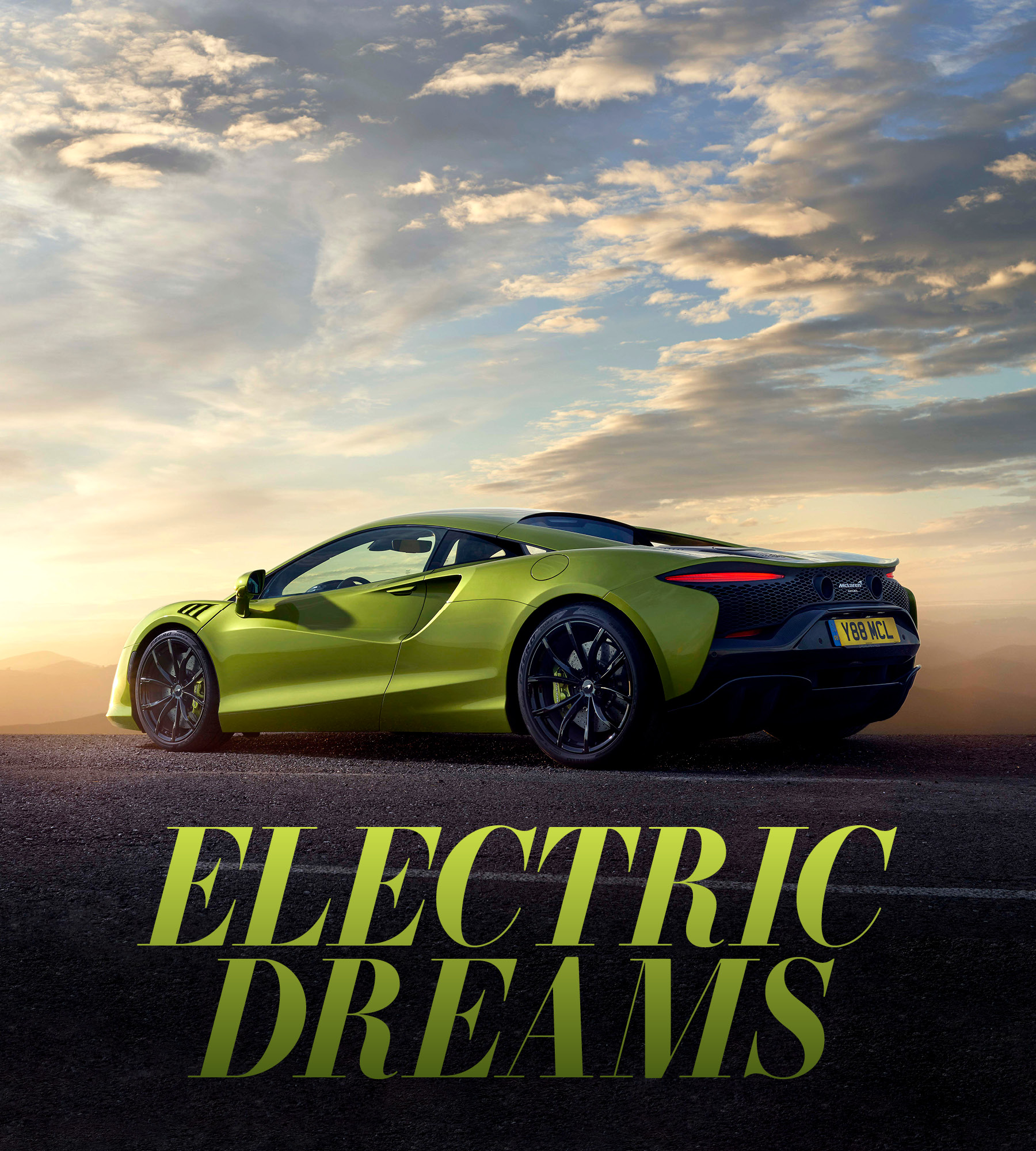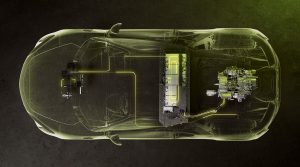Language
You can read the magazine in one of the following languages
When you consider that the term ‘hybrid’ is one of those words I used to spit out with distaste, like alcohol-free beer, it comes as something of a shock to hear me admit that two of my favorite cars in the world, at present, are not just hybrids, but plug-in ones.
And one of them is still the greatest single car I’ve ever driven, despite the fact that, when piloted in its pure EV mode, it makes no sound at all. I know, it’s hard to believe.
Fear not the scourge of Toyota’s Prius and RAV4, however, because I’m talking about hybrids that use this technology for excitement rather than dullness.
Cars like the absurdly awesome Ferrari 296 GTB and the newly arrived McLaren Artura that combine the low-down, instantaneous torque punch of electric motors with the soaring, songful and soon-to-be-obsolete glory of combustion engines.
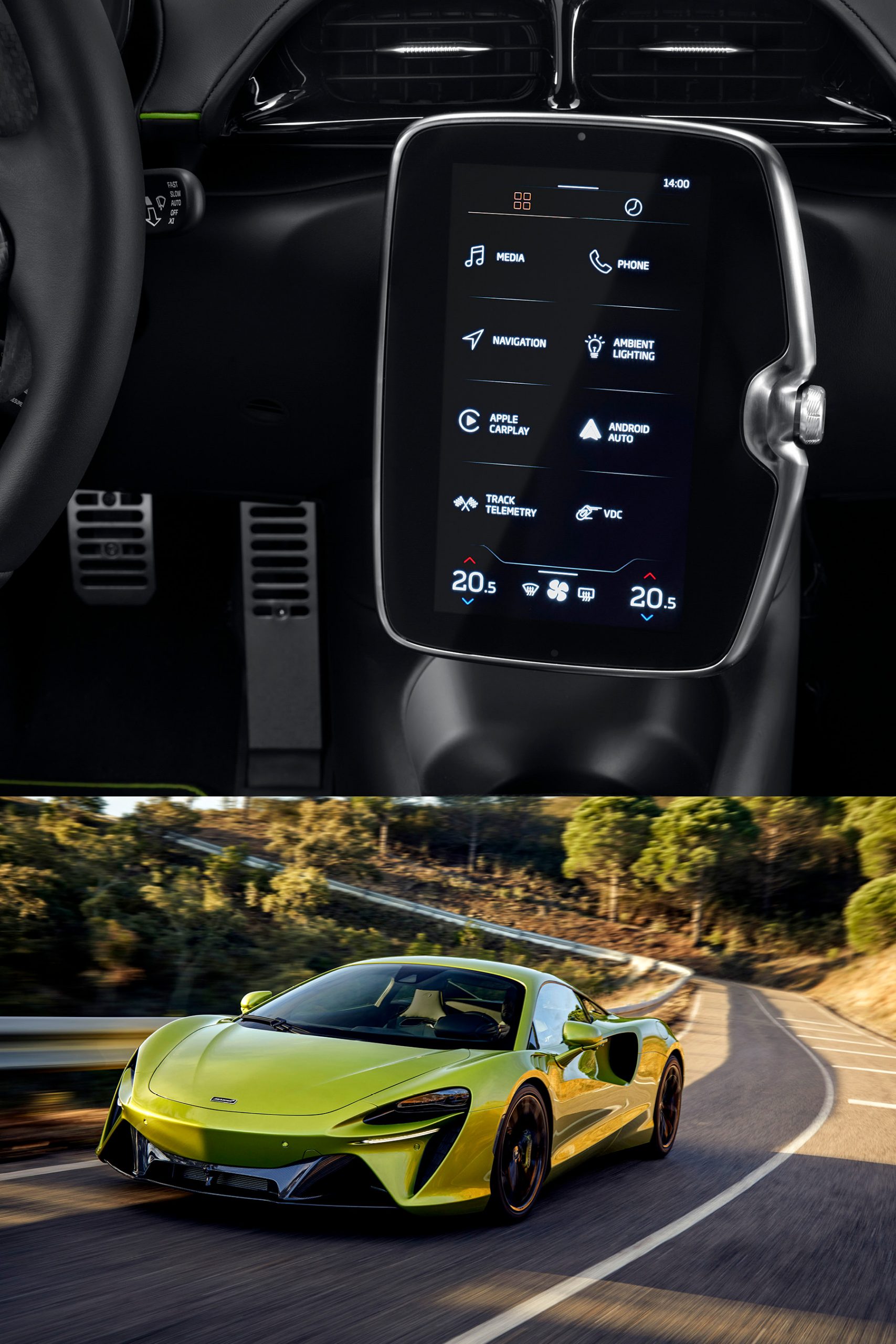
Indeed, while driving the astonishing new Artura around Sydney Motorsport Park, intermittently coughing, gurgling and giggling with a combination of pleasant pain and genuine surprise, it struck me that we are truly living through a golden age of motoring, or more specifically, supercar driving.
These super hybrids are forming a bridge – I’m thinking something like the Golden Gate, that kind of impressive – between the power plants of tomorrow and the beloved noisy fossil fuel burners of today and yesterday.
Soon enough, all supercars will be all-electric and silent. But for now we can hear them roar one last time, and yet feel them accelerate like no cars that have come before them.
I asked the Chief Engineer for the McLaren Artura, Geoff Grose, about this idea and he excitedly agreed.
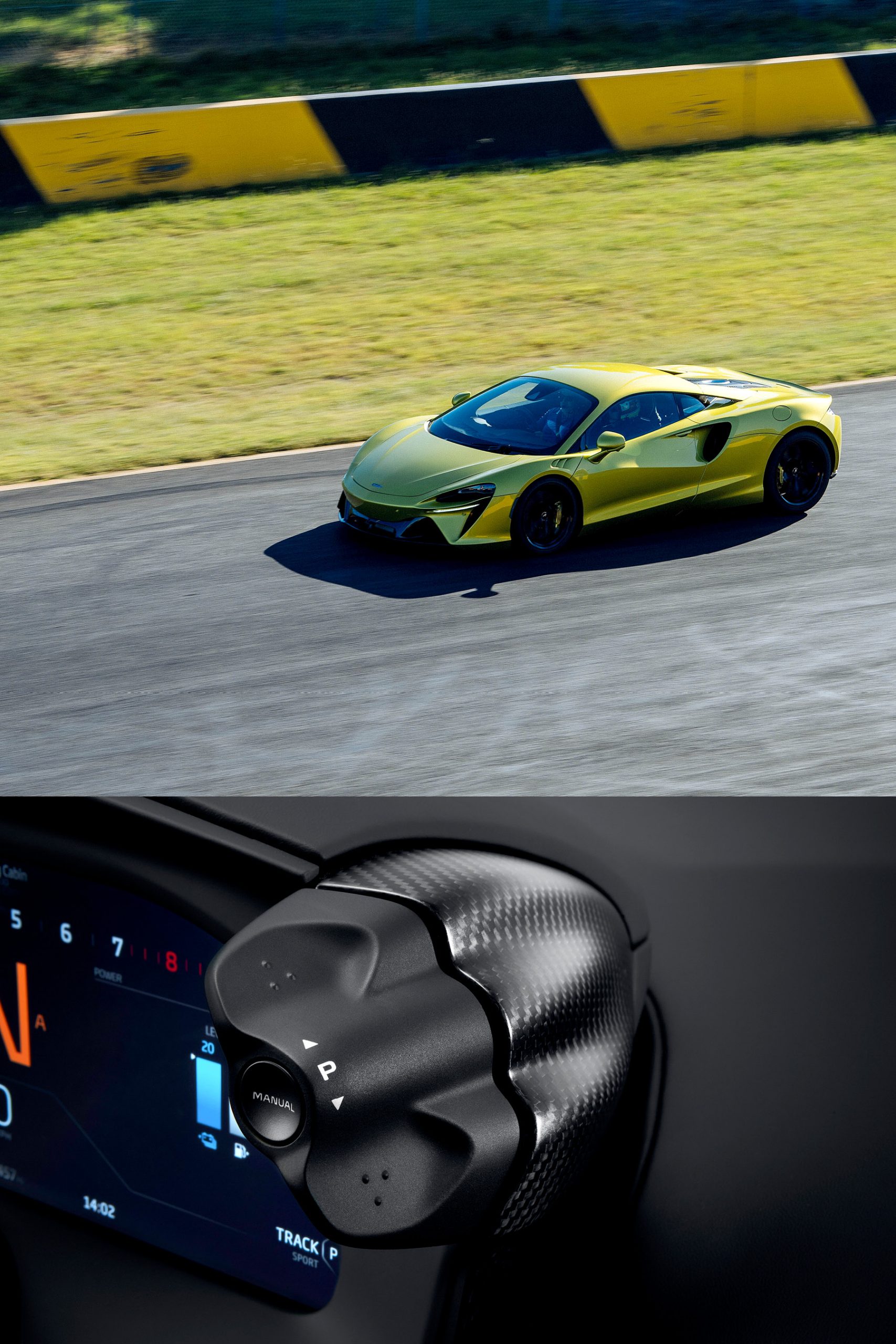
“We don’t need to worry about full electrification when it comes, because it will deliver amazing performance, and the cars will be light enough, because that’s the big challenge for electrification, the weight of the batteries and the effect that has on performance,” Grose explains.
“You can get astonishing performance in an EV up to 40 miles per hour [64 kilometers per hour], but then it can feel quite different. That’s why we’re combining the two technologies in the Artura – a turbo engine and an e-motor – and we’re trying to make the two things work well in this car.
“We do see hybrid as being the dominant powertrain out to the end of the decade, because we don’t believe EV technology is mature enough to deliver a full EV supercar that would be true to the DNA of our brand, which is about exhilaration, engagement and light weight.”
Exhilaration is certainly in plentiful supply in the new Artura, particularly if you’re fortunate enough to drive it around a race track.
While it might come as a shock to hear that a supercar can be powered by a V6 engine rather than the full eight cylinders McLaren has always used before, the 3.0-liter six it has come up with for the Artura is truly special, with a throaty, belligerent note and a whopping 500 kilowatts on offer.
When its soaring, roaring power is combined with the vehicle’s e-motor (good for 220 newton meters on its own), you get combined torque of 720 newton meters. McLaren calls the result of mixing the two power sources together ‘torque infill’, which sounds nowhere near as exciting as it feels.
Essentially, in Race mode, when everything is firing at once, the electric motor kicks in first, because it can provide 100 percent of torque from zero, while at the same time the turbos are winding up to their full effect, punching in to provide absolutely ferocious mid-range and top-end madness.
The shove you feel out of corners, particularly in second gear, is something akin to a large rugby player attacking the base of your spine while making shouty engine noises.
The sensation of speed is equally impressive as you punch down the straight, the 200-kilometer-per-hour mark disappearing before you’re even halfway down the length of Sydney Motorsport Park (zero to 200 kilometers per hour takes just 8.3 seconds for the Artura, while zero to 100 snaps up in just under three seconds).
I saw a slightly alarming 265 kilometers per hour before hurling the McLaren into Turn One at one stage, and I’m still slightly surprised I didn’t collapse of heart failure at that point.
Despite having to add the complexity and weight of a battery and a hybrid system, McLaren has managed to keep the Artura light – at just 1,395 kilograms – and gifted it a short, sharp wheelbase as well. This helps the largely carbon fiber vehicle to feel incredibly pointy through bends, a sensation aided by sharp, race-car-like steering.
The way the front end grabs the road when you pound its huge carbon ceramic brakes provides a sense of absolute confidence and grip through corners of all kinds.
Because it’s a hybrid, you can drive it in EV-only silent-running mode at speeds of up to 130 kilometers per hour, but seriously, is anyone buying a US$300,000 McLaren supercar to do that? I think not.
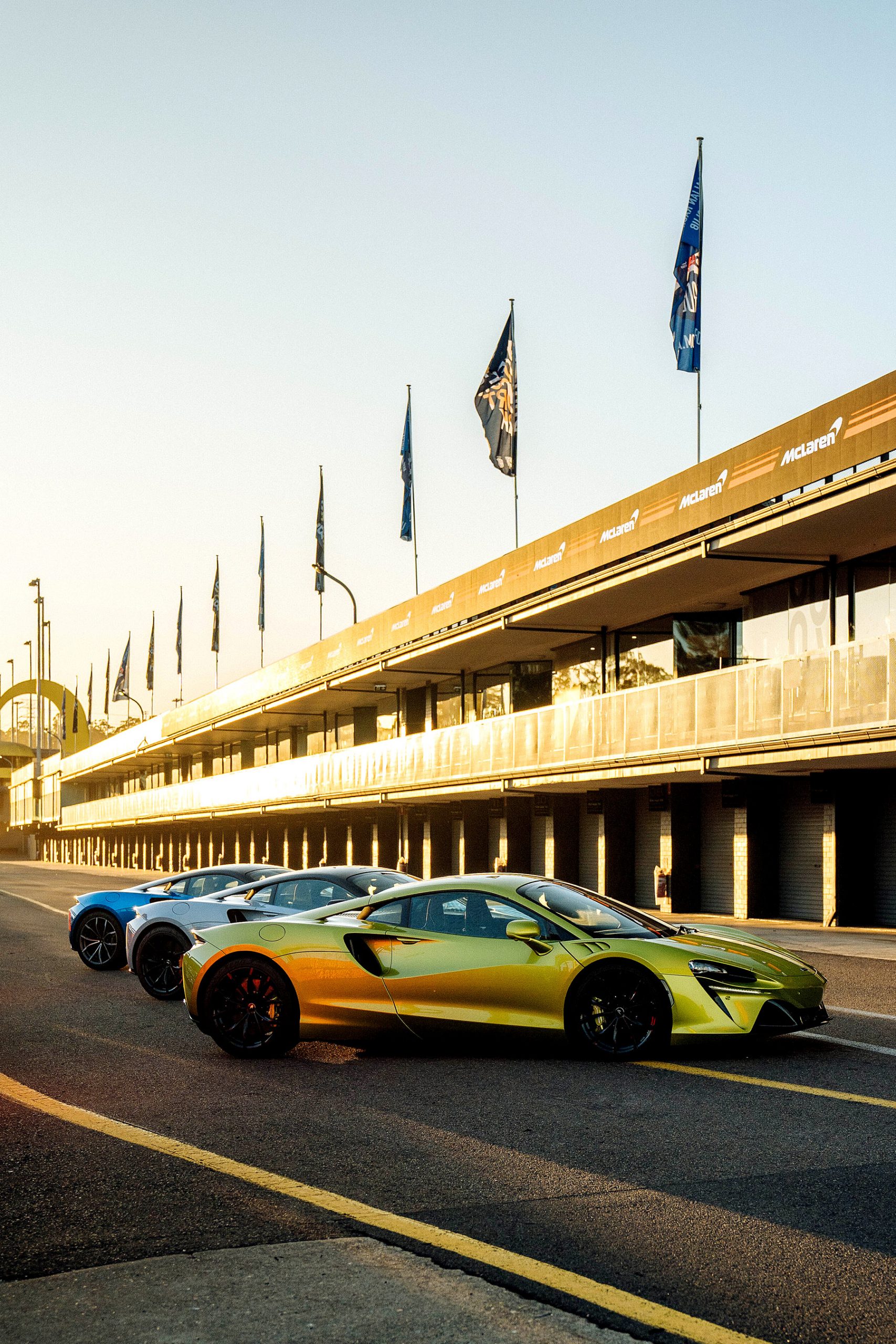
Nor do I buy the suggestion that they’ll be the kind of people who turn their noisy engines off and glide around in electric mode late at night or first thing in the morning so as not to annoy their neighbors.
In case you’re wondering, you can get around 30 kilometers of EV running before the petrol power has to kick in to help.
While some previous McLarens have been a bit too quiet to be considered classic supercars, the Artura is gloriously loud when you want it to be, and supple and sensible enough to be driven on public roads when you don’t have a track at your disposal.
Perhaps its only failing is that it’s not as visually splendid as certain Italian competitors, which is partly the reason that Ferrari’s 296 GTB, with its similar V6 hybrid setup, remains my favorite vehicle of all time.
But I am absolutely sure I would be more than happy to live with a McLaren Artura for the rest of my life, and even more so when the fully electric supercars arrive and this thing becomes a properly mad museum piece.
